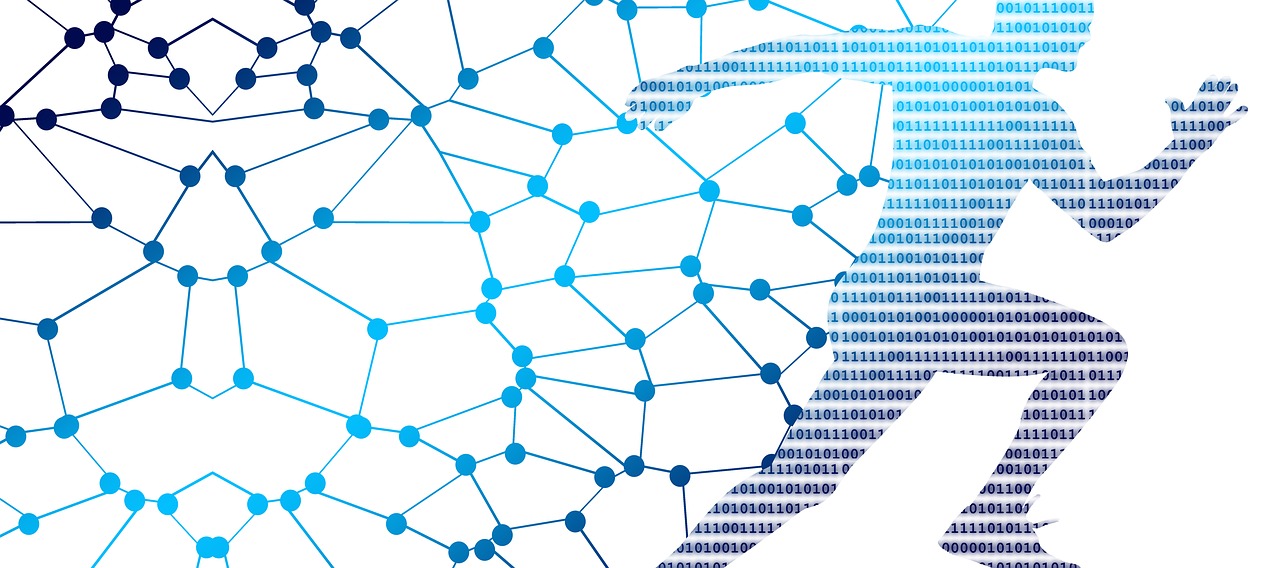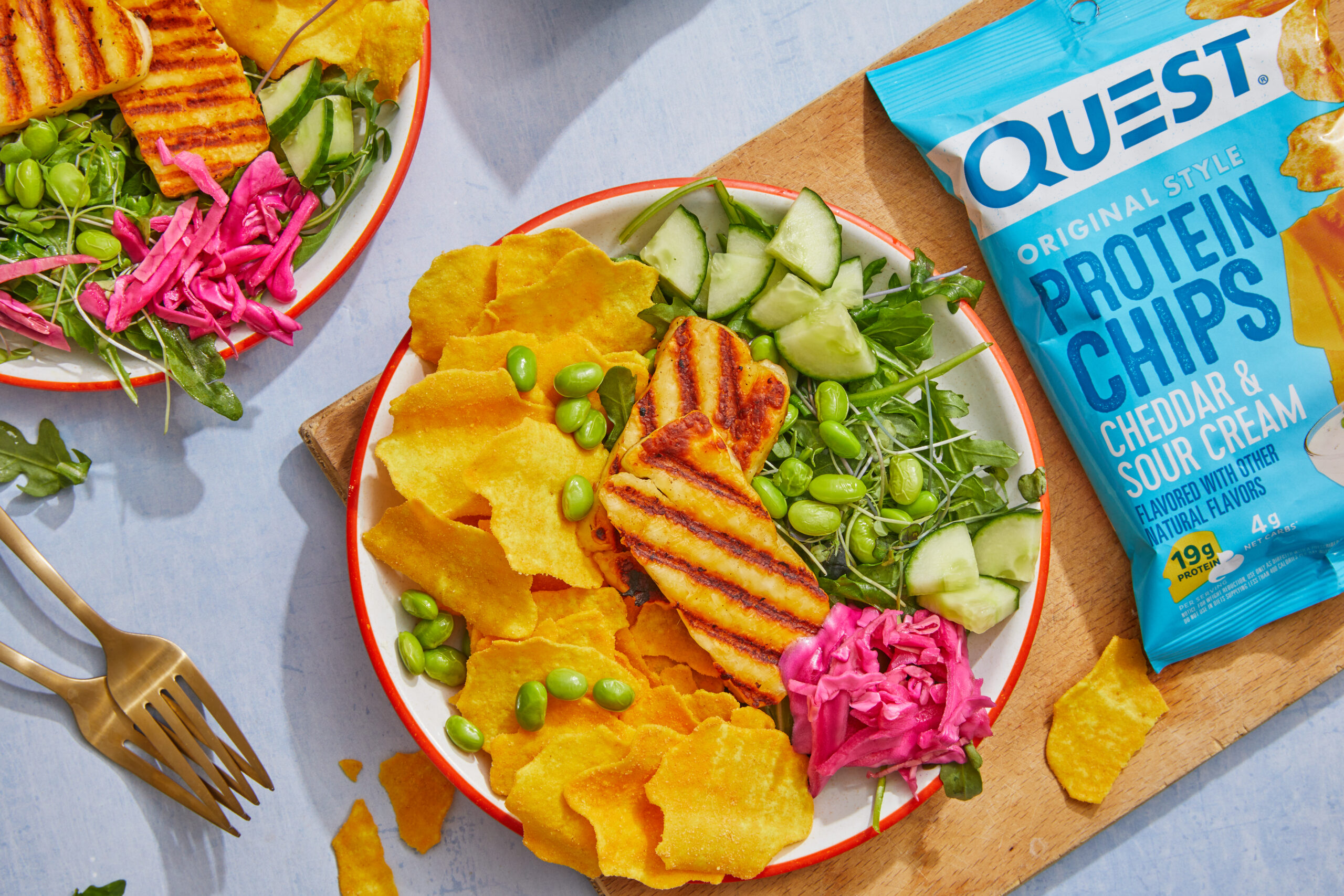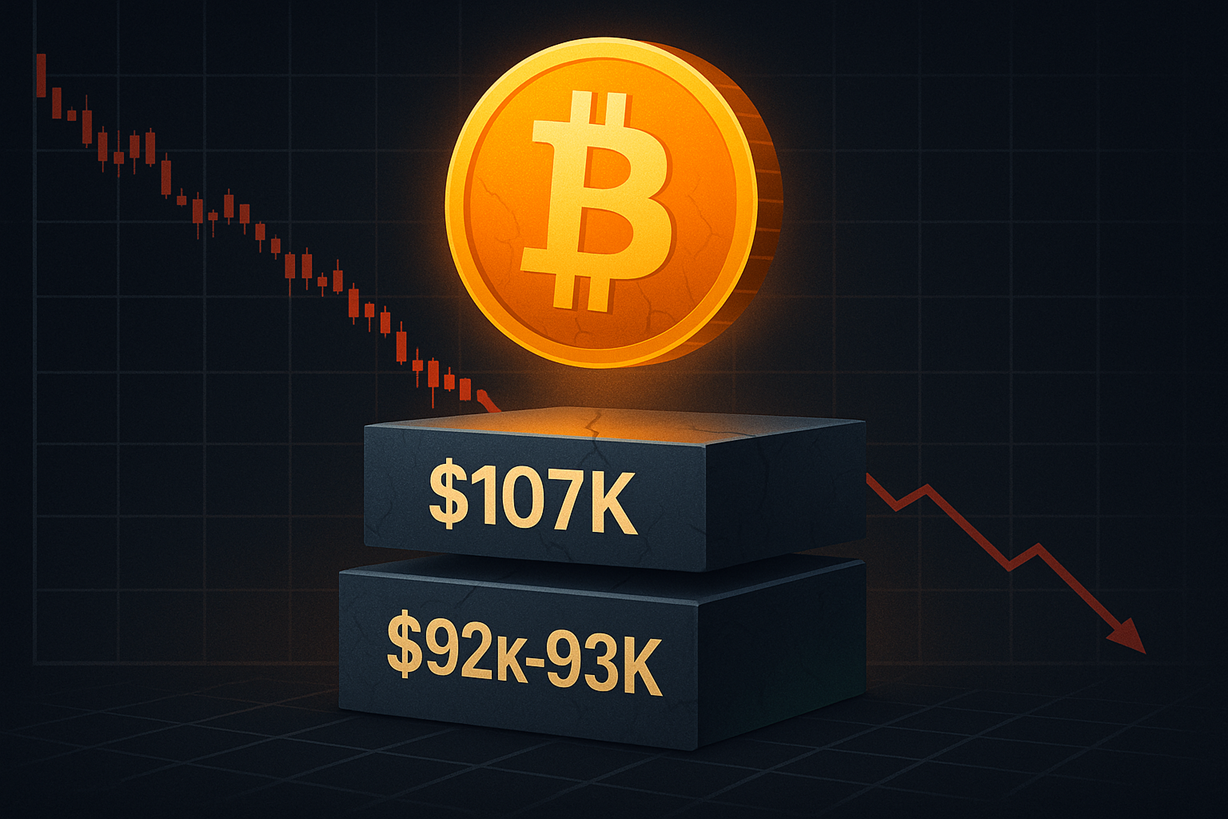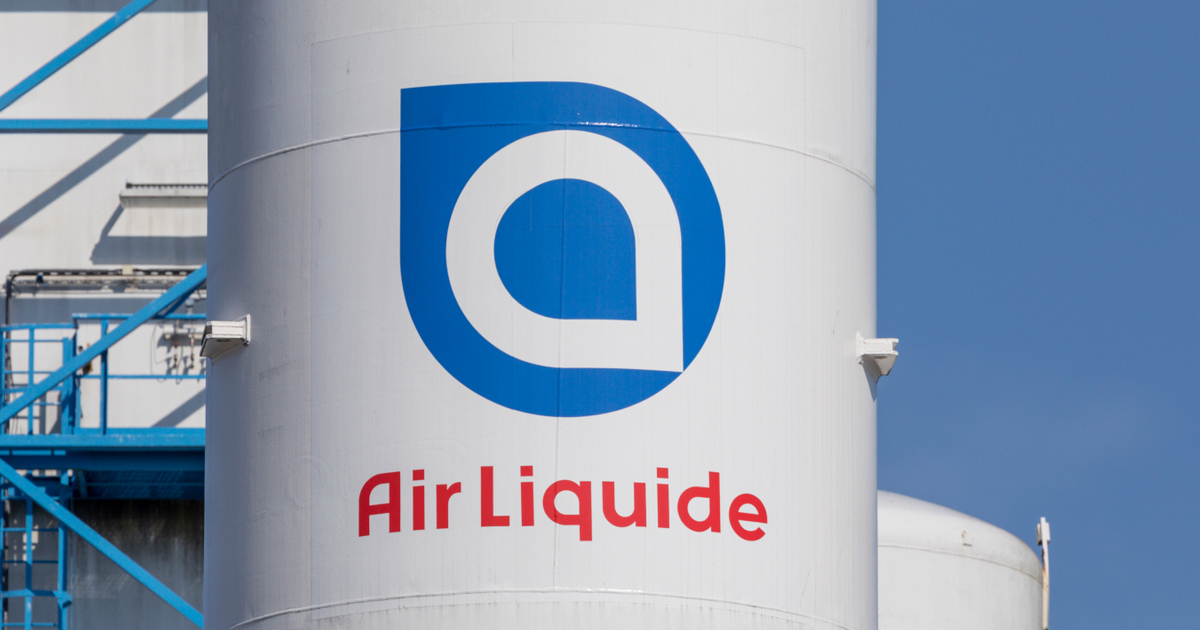A Complete Guide To Mastering B2B Programmatic Advertising via @sejournal, @macuraa
Save more resources by automating media buy and personalizing ad delivery. Read on and reap the benefits of programmatic advertising. The post A Complete Guide To Mastering B2B Programmatic Advertising appeared first on Search Engine Journal.
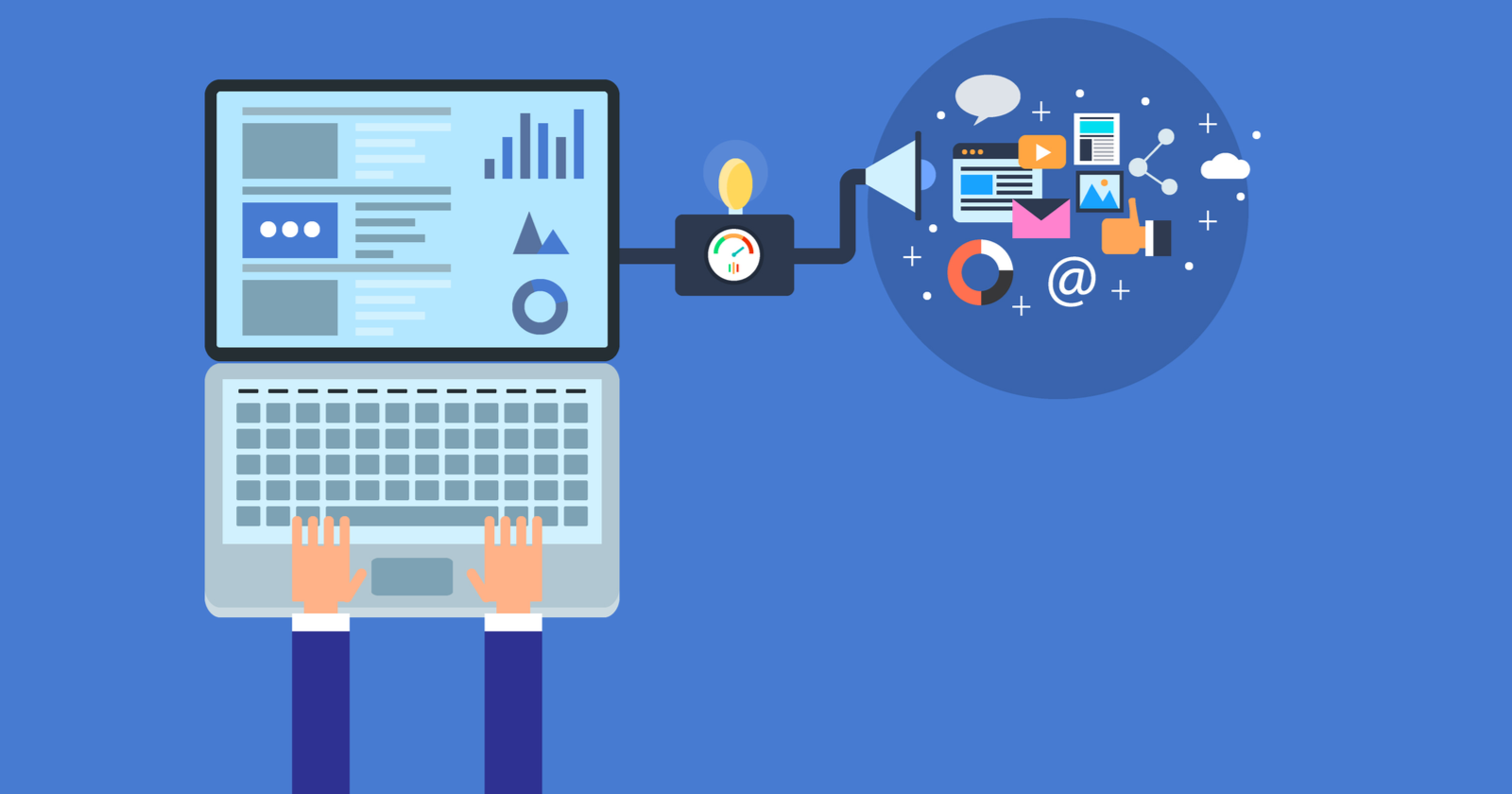
Programmatic marketing has truly delivered on its original promise of being “the future of online advertising” over the past 15 years.
But what is programmatic marketing, and what does it look like today?
Programmatic marketing is now a fundamental component of most omnichannel marketing strategies.
It describes the complex process of using data and machine learning to unleash the power of hyper-segmentation of customers based on their online behavior.
With the evolution of technology, marketers have an abundance of opportunities to seek and engage their target audience with programmatic.
Jump to:
What Is Programmatic Advertising?How Does It Work?How Is Programmatic Advertising Different From Google Display?How Does Programmatic Benefit B2B Marketing?How To Get Started With Programmatic AdsHow To Get Premium B2B Results With ProgrammaticConclusionWhat Is Programmatic Advertising?
Historically (and still true for other marketing channels today) advertising has always been bought through ad networks.
This means advertisers have little say over the cost of ads.
This is pretty hit and miss, and often costs the B2B advertiser more than they are worth.
The difference with programmatic buying is that it takes place via ad exchanges.
Ad exchanges are a central place where publishers, advertisers, agencies, and networks can sell and buy ad impressions on a fully automated system.
This system uses an algorithm to calculate where your advertising budget is best spent.
Your programmatic solution will do the hard work for you.
Just feed it data about your campaign, your audience, and your key performance indicators.
Your campaign will not only be launched by programmatic, but your ad spend will also be tracked to see if there is any room for improvement.
Programmatic Ads Components
Essentially, the programmatic advertising platform universe is made of these components:
Sell-Side Platform (SSP)
Also called supply side platform. This software enables publishers to sell video, mobile and display advertising impressions to interested buyers in real time.
SSP includes ad exchanges, networks, and demand-side platforms (explained below), and gives publishers more control over their stock and CPMs.
Demand Side Platform (DSP)
This platform allows ad agencies and B2B marketers to purchase ad inventory cross-platform.
Data Management Platform (DMP)
In order for programmatic to work, the ad inventory needs to be matched up with appropriate ad space. That’s what a data management platform (DMP) does.
DMPs act as a central repository for the collection, analysis, and management of data from a variety of sources.
Users of DMPs can improve targeting, create reports, and build lookalike audiences through the comprehensive user profiles used by programmatic algorithms.
Ad Exchange
Ad exchanges are where the supply side feeds its inventory into.
DSPs are the link between advertisers, agencies, networks, and publishers, after which bids are initiated where inventory prices can be agreed upon.
How Does It Work?
The two parties in any business transaction are the buyers and sellers.
When it comes to programmatic advertising the buyers are advertisers and sellers are publishers.
Real-time digital advertising spaces are purchased by advertisers using a programmatic DSP. Programmatic SSPs are used by publishers to manage, sell, and collect revenue from ad inventory. This is so they can automate the placement and sale of advertising spaces in real-time. SSPs then communicate with an ad exchange, which then communicates with a DSP.Here’s how all of these pieces work in harmony.
First, the publisher lists all of its available ad spaces on an ad exchange by means of an SSP. Publishers use pixels to send information (website, user, and ad space characteristics) to a DMP. In the meantime, a B2B marketer makes use of a DSP to set the ads’ parameters to establish targeting and budget. The demand side platform DSP then engages with the DMP to find the best inventory on the ad exchange that is in alignment with the advertiser’s needs and then issues a request. The ad exchange makes use of algorithmic software to determine which ad matches impression opportunities best. The DSP then sends the ad to the SSP so that it is shown to the publisher’s website visitors.How Is Programmatic Advertising Different From Google Display?
Well, let’s start with what they have in common.
Google Display Network (GDN) and programmatic ads both provide decent targeting options based on specific keywords, topics, audience interests, and demographics.
What is different about programmatic when it comes to targeting is the use of data.
GDN makes use of Google search data to target users, while programmatic ads use various 3rd party agents to utilize more in-depth data. This makes programmatic advertising slightly more advanced than GDN.
When it comes to price differences, GDN gives you a choice of pricing options such as cost per click (CPC), cost per mille (CPM), and cost per action (CPA).
Programmatic advertising only gives one pricing option: CPM. Cost per mille (thousand) is calculated as ad spend divided by ad impressions multiplied by 1000.
As for budgets, the majority of programmatic advertising software (DSPs) look for an ad spend of at least $5,000 to $10,000 per month.
That is, if you want maintenance-free ads.
If you spend less than that, B2B advertisers will need to pay a minimum fee that depends on the value stipulated in the DSP’s contract.
However, this is not the case for the GDN, which is why it is a more attractive option for those who are just starting out in B2B advertising or have a smaller budget.
Whether you choose GDN or Programmatic advertising, the main thing is to have a clear goal, good content, and a well-constructed B2B marketing strategy behind all your advertising activities.
How Does Programmatic Benefit B2B Marketing?
Often heralded for its B2C benefits, programmatic advertising also helps B2B marketers save time and resources.
This is because it automates media buy, personalizes ad delivery to key target audiences, and often makes budgets last longer than traditional advertising options.
This is why more B2B marketers use programmatic.
According to the 2020 State of Programmatic Advertising survey, 70% of respondents cited a measure of success from their programmatic ad campaigns, while 23% cite that their campaigns are very successful.
Aside from time, money, and resource savings – which are significant – programmatic B2B marketing also opens the door to other advantages which would not be available via manual advertising.
Benefits Of Programmatic Advertising
Only pay for relevant impressions. Programmatic ads allow advertisers to forego price pre-negotiation when they buy digital media. This means you only buy relevant impressions. Flexible digital advertising. B2B advertisers can agree to a minimum impression count, or a minimum ad spend, making advertising that much more flexible. Reduced admin costs. You only purchase digital media from certain publishers, lowering administration expenses. Smarter targeting. Using data and technology that identifies what will resonate with each individual through interest targeting and lookalike modeling. Programmatic bids are arranged for each unique website visitor, making targeting that much greater and more effective. Only one platform. Historically you would have to go to each platform – be it Google ads, Facebook, or LinkedIn – to manage each campaign. Programmatic advertising means B2B marketers can manage and monitor all of their ads through one platform. Multi-channel. Programmatic makes it possible for advertisers to manage multiple ad exchanges and networks, as well as multiple channels and ad formats. For example, display, video, mobile, voice, native and social, and even TV. Real-time measurements. Programmatic advertising allows marketers to gain data insights of each ad in real-time. This makes adjustments and optimizations easier to do and more effective. Contextual ads. A key benefit of programmatic ads for B2B marketers is the contextual advertisement functionality. This is where ads are placed on a website based on what the website is about. For example, a blog about hairstyles will have an ad about hair care products.How To Get Started With Programmatic Ads
Now that we know what programmatic advertising is, and that it works, we come to the all-important question of how to make it work for your B2B marketing strategy.
Bear in mind that each programmatic DSP has its own network of ad exchanges.
These in turn are linked to programmatic SSPs and publishers.
You need to find a DSP that has access to SSPs (publishers) that your target audience is more likely to visit. For example, say you provide accounting software for businesses.
Your target audience (finance directors) is likely to visit niche websites.
Identify the DSP that has your niched publications in their network.
This will ensure maximum time saved, optimum budget utilization, and a stronger return on investment.
So how do you do programmatic ad buying? There are three categories to understand.
Real-time bidding (RTB). RTB, or open bidding, is an auction that is open to any advertiser or publisher that determines inventory prices in real-time. This is a cost-effective way to procure media with a big audience. Private Marketplace (PMP). Similar to RTB, however, publishers make these auctions available to a select group of advertisers in an invitation-only environment. Programmatic Direct. This non-auction category sees publishers sell media inventory at a fixed cost per mille (CPM) to one or more advertisers. This is often a one-on-one arrangement, where the publisher provides an agreed number of impressions at a fixed price.These are typically seen as the top programmatic ad exchanges for publishers:
Rubicon Project. PubMatic. Index Exchange. OpenX. DoubleClick (Google Ad Exchange). AppNexus. Smarty Ads. Smaato.How To Get Premium B2B Results With Programmatic
It is likely that you – like many B2B marketers – have a target account strategy as part of your digital advertising.
This is where you have a list of accounts that your sales team would like to sell to. If so, then programmatic advertising is a good fit for you.
Account-based advertising is most effective when programmatic ads are integrated with marketing software, such as Salesforce.
This allows B2B marketing teams to show specific ads to each account, relevant to where they are at in the sales funnel.
For example, when the account has shown little to no engagement with your ads, awareness campaigns are shown such as e-books or other downloadables.
Once a form is filled in, programmatic will automatically shift campaigns and show ads that support a middle-of-the-funnel sales journey, such as case studies.
Further on, it will automatically change ads to match the bottom-of-the-funnel stage tactics, with strong calls to action that convert.
Here’s How You (Or Your B2B Ad Agency) Can Make Programmatic Advertising Effective
Understand your marketplace.
Do your due diligence and spend time doing market research.
Establish programmatic advertising objectives.
Set your goals from the start. Use data to understand existing user engagement, your sales funnel, and customer journey, to build an effective marketing strategy.
Keep it personal.
You cannot solely rely on the algorithm without some kind of human intelligence being leveraged.
To get the most out of your programmatic advertising strategy, find the perfect balance between automation and intelligent human management and intervention.
Side-step fake news.
One of the challenges faced with programmatic advertising is its susceptibility to websites that promote fake news.
This is due to its dependence on algorithms.
To avoid this, ensure your demand-side blacklist is up to date and regularly checked for inappropriate sites. Alternatively, you can populate a whitelist of approved sites.
Beware programmatic ad fraud.
Ad fraud can cost companies billions each year, according to estimates by eMarketer.
If an ad space bid looks too good to be true, then it probably is!
When doing programmatic ad buying, do not exchange traffic quality over ad reach, and ensure your ads are compliant with privacy regulations.
Measure success.
With so many variables in play when it comes to programmatic advertising, accurate performance measurement is of vital importance.
Ensure your marketing agency has data scientists as part of its team when it comes to campaign management.
They should also set up experiments to measure incremental uplift. The three most meaningful metrics are usually: Return on Investment (ROI), Return on Ad Spend (ROAS), and Click-Through Conversion (CTC).
Conclusion
B2B marketers have access to a smart, personalized targeting tool in programmatic advertising.
Ideal for companies with larger ad spend who want tight targeting at each stage of the customer journey, programmatic brings many benefits.
The best way to get the most out of your ad campaigns is to make use of a marketing agency that understands your audience and can build a marketing strategy that is backed by existing data.
Once in play, real-time changes and optimizations can be made.
Measuring efficacy is vital, so that return on investment, ROAS, and conversions can be optimized.
More resources:
A Complete Guide To B2B Multitouch Attribution Models B2B Content Marketing: How to Define & Track 7 Key Goals Is Your PPC Agency Wasting Your Budget?Featured Image: Sammby/Shutterstock

 Konoly
Konoly 










![10 Content Marketing Trends To Watch In 2022 [Infographic] via @sejournal, @andybetts1](https://cdn.searchenginejournal.com/wp-content/uploads/2021/12/content-marketing-trends-61a9070bae8e8-sej-768x403.png)
